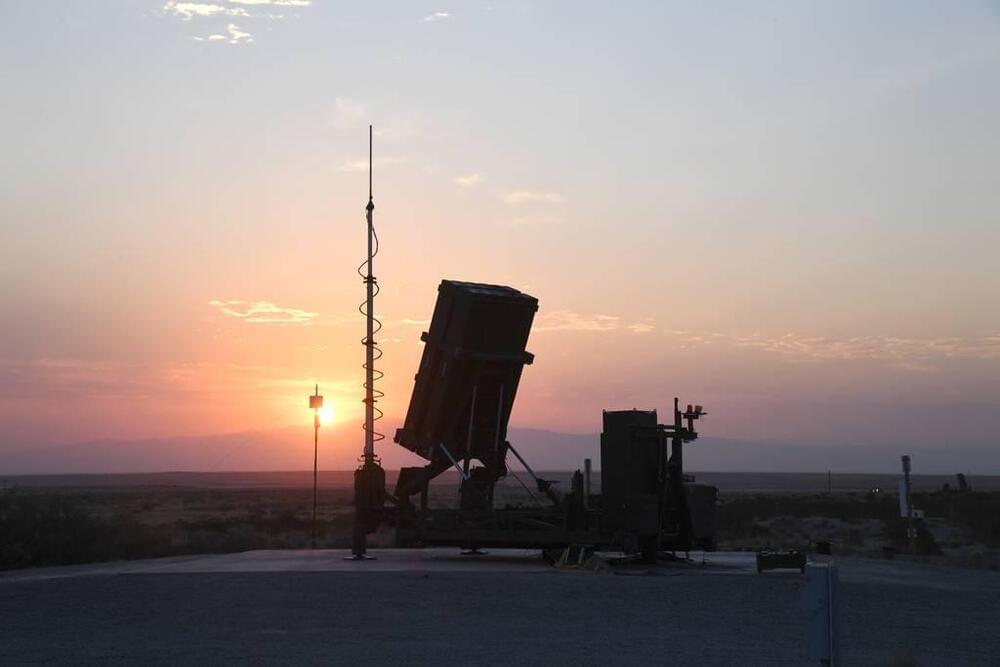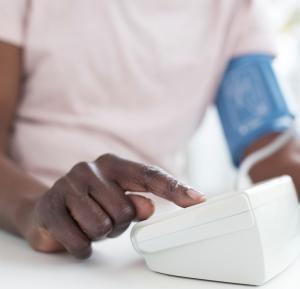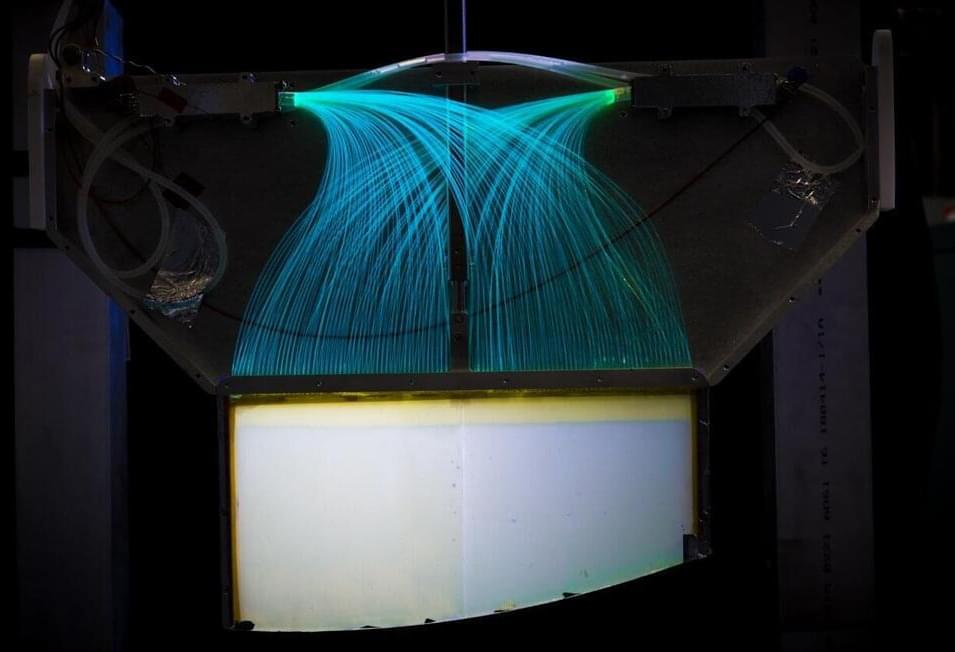Iron dome for Guam.
U.S. Army-owned Iron Dome is heading to the Indo-Pacific theater.



SparkBeyond, a company that helps analysts use AI to generate new answers to business problems without requiring any code, today has released its product SparkBeyond Discovery.
The company aims to automate the job of a data scientist. Typically, a data scientist looking to solve a problem may be able to generate and test 10 or more hypotheses a day. With SparkBeyond’s machine, millions of hypotheses can be generated per minute from the data it leverages from the open web and a client’s internal data, the company says. Additionally, SparkBeyond explains its findings in natural language, so a no-code analyst can easily understand it.
The product is the culmination of work that started in 2013 when the company had the idea to build a machine to access the web and GitHub to find code and other building blocks to formulate new ideas for finding solutions to problems. To use SparkBeyond Discovery, all a client company needs to do is specify its domain and what exactly it wants to optimize.



Daily exposure to chemicals called phthalates, which are used in the manufacture of plastic food containers and many cosmetics, may lead to roughly 100,000 premature deaths among older Americans each year, a new study shows. The resulting annual economic burden is between $40 billion and $47 billion, a value more than quadruple that of previous estimates.
NYU Langone study shows deaths linked to endocrine-disrupting chemicals called phthalates may cost United States billions in lost productivity. Learn more.
Coastal artisanal fisheries, particularly those in developing countries, are facing a global crisis of overexploitation1. Artificial reefs (ARs), or human–made reefs2, have been widely advocated by governmental and non-governmental conservation and management organizations for addressing these issues. Industries, particularly oil and gas, seeking to avoid the costs of removal or conventional disposal of used materials are often major advocates for deploying ARs. Yet, major questions remain regarding the success of such efforts in the context of weak governance and poorly sustained international investment in AR development projects. There is frequently confusion over whether or not ARs should be fishing sites and the precise goals of constructing such ARs are often unclear, making difficult to evaluate their successfulness3. Over the last 40 years, both failures and success AR implementation programs have been reported4,5. The main point of the present work is to underline the importance of the governance issue and address social and management factors on AR “success”.
To improve fishery yields, it has been recommended that ARs must be no-take areas (e.g.,2). Yet, most ARs were historically delineated as sites for fishing4, and were rarely implemented at large scales in/for no-take zones, even in countries with centuries of experience in constructing ARs, such as Japan. In Japan, fishery authorities and local fishers use ARs to promote sustainable catches and to establish nursery grounds of target species6. However, fishery authorities and local fishery cooperatives in Japan have extensive management authority over ARs. For example, fishing around ARs is usually limited to hook and line techniques, with net fishing rarely being permitted in areas where risk of entanglement in ARs is high. Furthermore, during spawning, fishing gear and fishing season are often restricted around ARs in Japan. These practices are recognized for their effectiveness in maintaining good fishing performance and marine conservation in Japan and elsewhere where they have been implemented7.
Attempts to transpose ARs to developing countries have, however, frequently ended in failure8, particularly when project funding comes to an end9. Thus, it is important to provide recommendations to improve the sustainability of AR deployments and realize their biodiversity conservation and fisheries management goals. This is particularly important in developing countries, which are often characterized by poor governance. For fisheries scientists and marine ecologists, the effectiveness of ARs is primarily quantified by surveying fish populations on ARs. In particular, the question of whether ARs facilitate the “production” of new fish or whether they only attract the surrounding fish remains under debate10,11,12. Few studies have documented how ARs are managed, and the impacts of such management8,13, despite the key importance of protecting no-take ARs from illegal fishing being repeatedly highlighted2. Mathematical models, implemented to set the optimal AR volume to maximize catches, suggest that, although attraction and production effects can modulate the response, the effect of ARs on fisheries mostly depends on governance options and efficiency14. Existing models show that fishing exclusively on ARs has consistently negative impacts on the equilibrium of catches. In comparison, ARs can have negative or positive impacts on catches when fishing on areas surrounding them, as a function of the magnitude of the AR attraction effect14. Whether or not ARs are managed as no-take areas influences these phenomena. For instance, on unmanaged ARs, overexploitation risk increases, as fish become more accessible to fishing fleets. In comparison, when fishing is banned on ARs, the fish biomass concentrated near the AR rises, leading to a “spill-over” effect that enhances catch at equilibrium in adjacent fishing areas15.


The interior of the Earth is a mystery, especially at greater depths (660 km). Researchers only have seismic tomographic images of this region and, to interpret them, they need to calculate seismic (acoustic) velocities in minerals at high pressures and temperatures. With those calculations, they can create 3D velocity maps and figure out the mineralogy and temperature of the observed regions. When a phase transition occurs in a mineral, such as a crystal structure change under pressure, scientists observe a velocity change, usually a sharp seismic velocity discontinuity.
In 2,003 scientists observed in a lab a novel type of phase change in minerals—a spin change in iron in ferropericlase, the second most abundant component of the Earth’s lower mantle. A spin change, or spin crossover, can happen in minerals like ferropericlase under an external stimulus, such as pressure or temperature. Over the next few years, experimental and theoretical groups confirmed this phase change in both ferropericlase and bridgmanite, the most abundant phase of the lower mantle. But no one was quite sure why or where this was happening.
In 2,006 Columbia Engineering Professor Renata Wentzcovitch published her first paper on ferropericlase, providing a theory for the spin crossover in this mineral. Her theory suggested it happened across a thousand kilometers in the lower mantle. Since then, Wentzcovitch, who is a professor in the applied physics and applied mathematics department, earth and environmental sciences, and Lamont-Doherty Earth Observatory at Columbia University, has published 13 papers with her group on this topic, investigating velocities in every possible situation of the spin crossover in ferropericlase and bridgmanite, and predicting properties of these minerals throughout this crossover. In 2,014 Wenzcovitch, whose research focuses on computational quantum mechanical studies of materials at extreme conditions, in particular planetary materials predicted how this spin change phenomenon could be detected in seismic tomographic images, but seismologists still could not see it.

Quantum technology typically employs qubits (quantum bits) consisting of, for example, single electrons, photons or atoms. A group of TU Delft researchers has now demonstrated the ability to teleport an arbitrary qubit state from a single photon onto an optomechanical device—consisting of a mechanical structure comprising billions of atoms. Their breakthrough research, now published in Nature Photonics, enables real-world applications such as quantum internet repeater nodes while also allowing quantum mechanics itself to be studied in new ways.
Quantum optomechanics
The field of quantum optomechanics uses optical means to control mechanical motion in the quantum regime. The first quantum effects in microscale mechanical devices were demonstrated about ten years ago. Focused efforts have since resulted in entangled states between optomechanical devices as well as demonstrations of an optomechanical quantum memory. Now, the group of Simon Gröblacher, of the Kavli Institute of Nanoscience and the Department of Quantum Nanoscience at Delft University of Technology, in collaboration with researchers from the University of Campinas in Brazil, has shown the first successful teleportation of an arbitrary optical qubit state onto a micromechanical quantum memory.